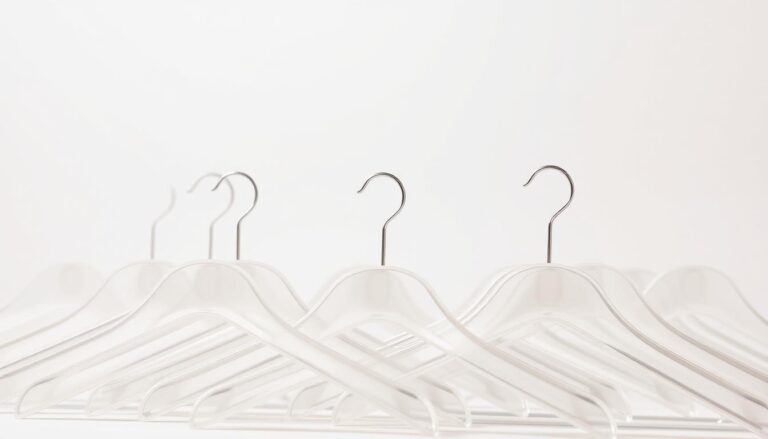6 Easy Steps to Master [How many times a day should i change my pad]
Maintaining proper menstrual hygiene is essential for comfort, health, and confidence. One of the most common questions people ask is, “How many times a day should I change my pad?” The answer depends on factors like your flow, lifestyle, and personal preferences. In this blog post, we’ll break down six easy steps to help you master this routine and stay fresh all day long. Let’s dive in!
Why Does How Many Times a Day Should I Change My Pad Matter?
Changing your pad regularly isn’t just about staying clean—it’s also about preventing infections and avoiding discomfort. According to experts, failing to change pads frequently can lead to bacterial buildup, which increases the risk of urogenital infections
Additionally, regular changes help prevent leaks and odors, ensuring you feel confident throughout the day.
Key Benefits of Changing Pads Regularly:
- Reduces the risk of infections.
- Prevents unpleasant odors.
- Keeps you feeling fresh and comfortable.
Step 1: Understand Your Flow
The first step in mastering [how many times a day should I change my pad] is understanding your menstrual flow. Every individual’s cycle is unique—some experience light flows, while others have heavier days that require more frequent changes.
Types of Menstrual Flow:
- Light Flow: You may only need to change your pad every 4-6 hours.
- Moderate Flow: Change your pad every 3-4 hours to avoid leaks.
- Heavy Flow: Consider changing your pad every 2-3 hours to stay dry and comfortable
Pro Tip: Keep track of your flow using a period tracker app to anticipate when you might need extra protection.
Step 2: Set Reminders Throughout the Day
Life gets busy, and it’s easy to forget to check your pad. Setting reminders can be a game-changer in mastering [how many times a day should I change my pad].
How to Use Reminders Effectively:
- Use your phone’s alarm or calendar app to set hourly check-ins.
- Adjust reminder intervals based on your flow (e.g., every 2 hours during heavy days).
- Pair reminders with daily routines, like meals or breaks, to make them easier to remember.
Step 3: Choose the Right Pad for Your Needs
Not all pads are created equal. Selecting the right type of pad can significantly impact how often you need to change it.
Factors to Consider When Choosing Pads:
- Absorbency Level: Opt for higher absorbency pads on heavy flow days.
- Comfort: Look for breathable materials to reduce irritation.
- Convenience: Pads designed for easy disposal can simplify your routine
Bold Fact: Using the wrong pad size or absorbency can lead to leaks, even if you’re changing frequently.
Step 4: Monitor for Signs It’s Time to Change
Knowing how many times a day should I change my pad isn’t always about timing—it’s also about recognizing signs that your pad needs attention.
Common Signs Your Pad Needs Changing:
- Visible saturation or pooling of blood.
- Discomfort or chafing caused by moisture.
- Noticeable odor, which indicates bacterial growth
Actionable Advice: Carry spare pads in your bag so you’re prepared for unexpected changes.
Step 5: Practice Proper Hygiene During Changes
Changing your pad isn’t just about swapping it out—it’s also an opportunity to maintain cleanliness and prevent infections.
Tips for Maintaining Hygiene:
- Wash your hands before and after changing your pad.
- Dispose of used pads properly in a trash bin (never flush them).
- Cleanse your intimate area with water or a gentle cleanser to remove residue
Suggested Image: A close-up photo of someone washing their hands with soap.
Alt Text: “Wash hands thoroughly before changing pads for better hygiene.”
Step 6: Stay Prepared for Emergencies
Even with a solid plan, accidents can happen. Being prepared ensures you’re ready for anything life throws at you.
Emergency Essentials to Carry:
- Extra pads or tampons.
- A small ziplock bag for discreet disposal.
- Wet wipes or hand sanitizer for quick cleanups.
Pro Tip: Store these items in a small pouch labeled “Period Kit” for easy access.
Frequently Asked Questions (FAQ)
Q1: What happens if I don’t change my pad often enough?
Failing to change your pad regularly can lead to bacterial buildup, unpleasant odors, and an increased risk of infections such as urinary tract infections (UTIs)
Always prioritize frequent changes for optimal hygiene.
Q2: Can I wear the same pad overnight?
While some overnight pads are designed for extended use, it’s best to change your pad as soon as you wake up to prevent leaks and maintain freshness
Q3: How do I know if I’m changing my pad too frequently?
If you’re changing your pad every hour or less, it could indicate a heavy flow or another underlying issue. Consult a healthcare provider for personalized advice.
Q4: Is it safe to reuse cloth pads?
Cloth pads can be reused, but they must be washed thoroughly between uses to eliminate bacteria and prevent infections
Q5: Are there eco-friendly alternatives to disposable pads?
Yes! Consider menstrual cups or reusable cloth pads as sustainable options. These products reduce waste and save money over time.
Conclusion
Mastering [how many times a day should I change my pad] doesn’t have to be complicated. By understanding your flow, setting reminders, choosing the right products, and practicing good hygiene, you can create a seamless routine that keeps you feeling fresh and confident. Remember, taking care of yourself during your period is an act of self-love.
Ready to take control of your menstrual health? Subscribe to our newsletter for more tips, tricks, and expert advice on managing your period with ease. Share this guide with friends who might benefit from it—and let’s break the stigma around periods together!
By following these six steps, you’ll not only improve your comfort but also protect your health. Let’s normalize conversations around menstrual hygiene and empower everyone to feel confident during their periods







